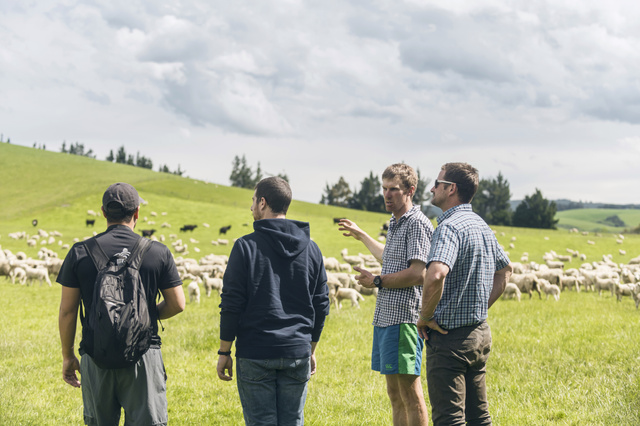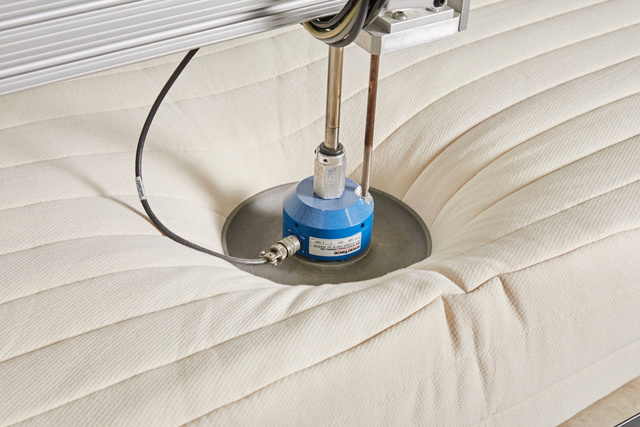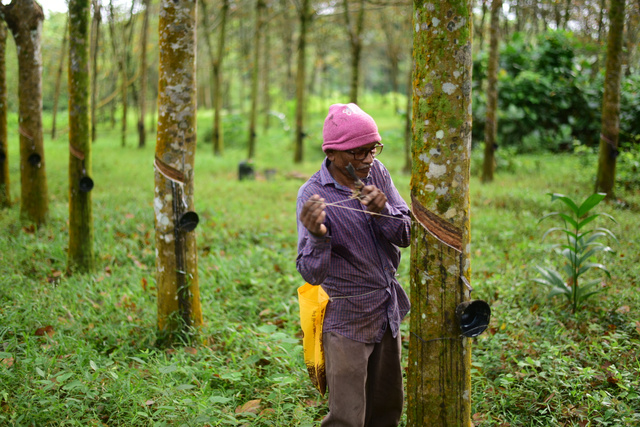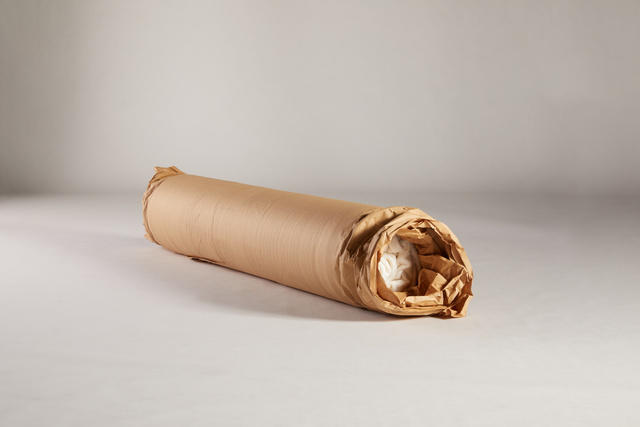How is Natural Latex Harvested?
The process of harvesting natural latex is surprisingly simple and sustainable.
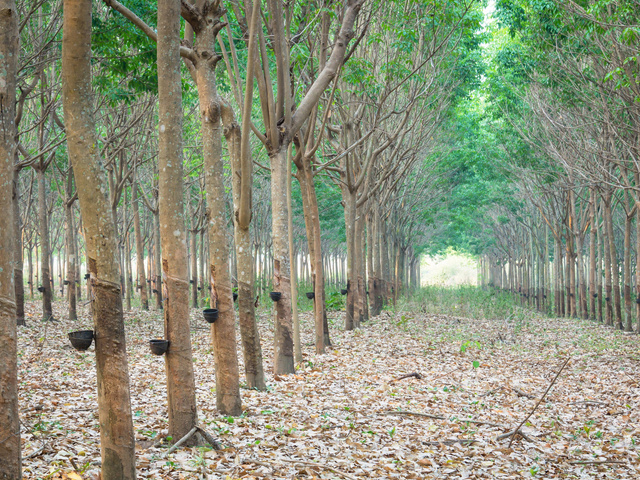
The most important part of the natural latex foam manufacturing process is the rubber tree. Rubber trees are native to South America, but in the early 1800’s, people started attempting to cultivate them in larger areas. Rubber trees are so economically valuable that they ended up spreading quite far, from South America to just about every other tropical area in the world including Sri Lanka. It was found that Sri Lanka has an ideal climate for rubber tree cultivation and subsequently Sri Lanka became a major natural latex producer. A large natural latex foam industry in Sri Lanka has developed around the availability of latex on the island.
Rubber tree plantations have far less of a negative impact on the land than other crops, and they encourage much more biological diversity than other monoculture crops. It takes about ten years of growth before the rubber tree starts producing sufficient amounts of latex. This waiting period ensures that new rubber trees are being planted continuously.
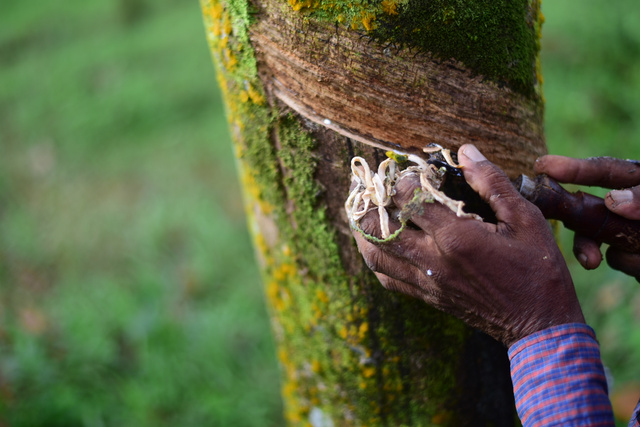
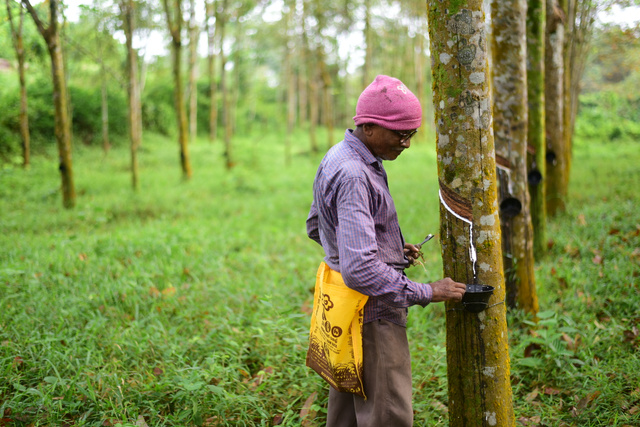
Latex is a milky fluid found in the bark of rubber trees. Continuous tubes of latex known as “latex vessels” grow in a spiral around the bark of the rubber tree. When harvesting, the bark is very carefully stripped away to expose the latex vessels. The latex then runs down the side of the tree into some sort of a container (often a coconut shell).
You can get a closer look at this process in our video:
The latex flows out of the tree quite slowly, as you can see in the video. It usually takes half a day before the container fills all the way up with latex. Harvesting is only done on days with no rain to ensure the latex is not diluted by rainwater. When harvesting latex, the workers will make these small cuts into the bark of about 300 trees. Once they finish cutting, they go back to where they started to collect all of the latex. They continue to collect all 300 containers before the end of the day. The latex is then taken to a central processing facility on the plantation where it is collected in tanks for transport to latex foam manufacturing facilities. We talk about the process of manufacturing latex foam in our blog post about Dunlop and Talalay foam.
Since the latex vessels are right near the surface, this process doesn’t require cutting very deeply into the tree. Shallow cuts allow the tree to be harvested for a longer period of time. Each panel of bark that is cut into will yield latex for six years. After six years, the opposite side is cut into for six years, which allows the first side to heal. This process is then repeated at a slightly different height on the tree. Each rubber tree will be harvested for 24 years. After 24 years the trees stop producing as much latex. They are cut down and the wood is used to make furniture or other items. The plantations are then replanted with new rubber trees, thus completing the cycle.
We hope that this blog post helps everyone understand more about our products, and why we are so proud to sell them!
